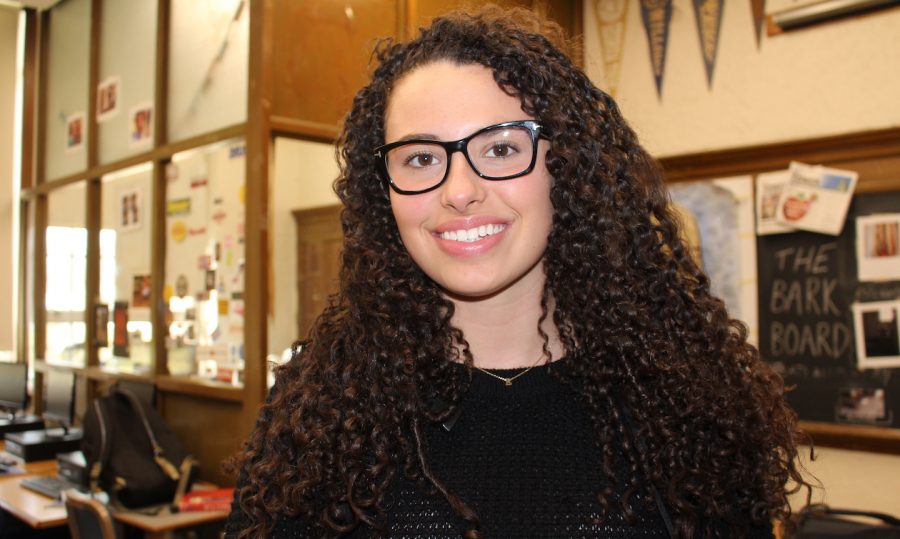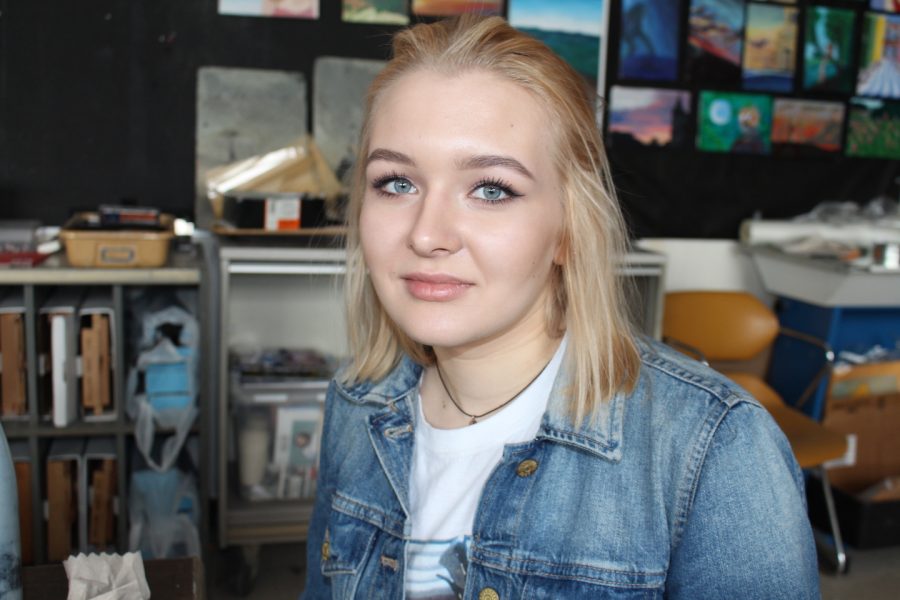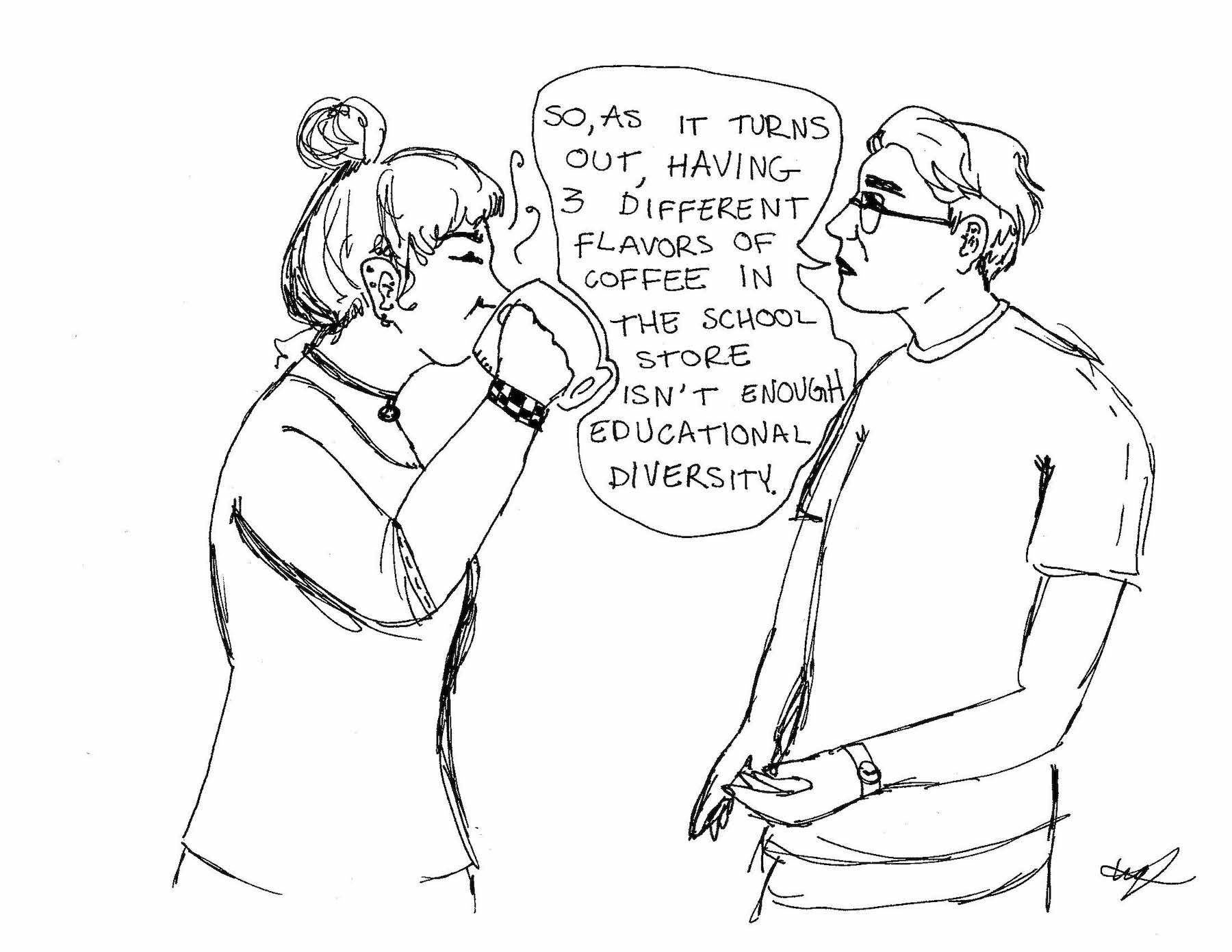The school district can’t do this alone. Students need to get involved.
March 15, 2017
The Grosse Pointe Public School System is starting to get the ball rolling on addressing issues of diversity in the school system, and it is not going unnoticed. We would like to recognize the fact that diversity initiatives are being put in place, but also note that there is room for improvement, and the district can’t do that all by itself.
Heightened by the two racial incidents last year which left a bad taste with many, the district talked about the behind the scenes work in which these topics were being addressed. Many of us at the Tower had fears that the issue would not be addressed until the summer, and then forgotten about the next year. While there were student run diversity forums and discussions in Cleminson after the second racial incident, to an extent it was forgotten in the new school year, with no school wide assemblies, speakers, or real signs of change. And then finally the district got to work.
“Last year, 42 stakeholders (Board of Education members, community members, parents, students, faculty and administration) participated in the development of our strategic plan,” Maureen Bur, Director of Secondary Instruction, said. “OneGP is not about each building being the same; it is about being undivided within the community as we work to provide challenging instructional experiences that meet the needs of all learners within our school communities.”
OUR VIEW// EDITORIAL
OneGP is just one part of a change that could have a very positive effect. There are also groups of seven to eight high schoolers from North and South that are partnering with the district and the University of Michigan to help gauge the attitudes of students in the district, according to Bur.
“The goal is to then enhance our ability to respond to everyday prejudice and stereotypes in a way that ensures all students feel safe and secure in our schools,” Bur said. “When students feel safe they can focus on learning that allows them to succeed.”
These are steps in the necessary direction, as we should not accept any form of discrimination or bigotry in a place where malleable brains come to learn, not to hate.
There are still things that need to be accomplished, and much of that is on the shoulders of students in the district. These initiatives will be worthless if students in the district are not willing to open their minds and listen and participate. That is why we encourage every student to attend the forums, the school board meetings, different clubs, meet new people and expand their horizons.
“It is essential that we involve our students in this important work,” Bur said. “Specifically, we want our students to strengthen their commitment to social justice, increase intergroup dialogue and enhance our educational excellence by nurturing a welcoming learning environment for all.”
These works are not being marketed towards students. There are no posters in the hallways or announcements showing times and dates of these forums and meetings. Some of these meetings seem more geared towards parents than towards students, but students make up the schools. Students are the ones who are influenced by these decisions, who learn from these decisions, who are the focus of these initiatives. Why is this not advertised more in schools?
Student involvement needs to go up, and while part of that can result from lackadaisical students, we don’t know when and where these meetings take place. While the renewed effort by the district is appreciated, a bit more marketing could go a long way.
There is the student group working with the University of Michigan, but that is a miniscule amount compared to the total student body. These changes are going in the right direction and we would like to be involved.
The light at the end of the tunnel is starting to shine and it’s promising to know that the days of bigotry and prejudice are slowly being put in our rearview mirror. While student involvement should be increased, providing a more inclusive learning environment is the right step.
What does consent mean to you?

Jack Hensien ’17
Jack Hensien ’17
“Regarding sexual encounters, (consent is) giving someone the permission to interact with you on that personal and intimate level. It’s important to be aware that whenever you’re having some kind of intimate interaction with someone that both of you are comfortable with it and it’s wanted from both parties. A huge misunderstanding is that silence (is) consent; when someone is silent doesn’t mean they want what’s happening to be happening.”

Vincent Cracchiolo ’19
Vincent Cracchiolo ’19
“Consent means to me the physical and mental agreement between both partners in the relationship. When someone doesn’t want to do something, you should always respect that. When someone says no, it means no, and it’s the final answer.”

Erin Ptashnik ’17
Erin Ptashnik ’17
“Consent is the right anyone has to tell somebody that they either want to or don’t want to be involved with sexual activities. I think that it’s definitely different for girls, obviously rape is rape and women more times than guys get raped. When talking about consent, a lot of people think about it as a women consenting to if they want to or not.”

Lizzy Acheson ’19
Lizzy Acheson ’19
“To me, consent means that all parties in the activities that you are doing are comfortable and can agree to the things you’re doing. For me, as a woman, sometimes you can feel peer pressured to do things that you aren’t necessarily comfortable with. It’s important to say no when you want to say no. It’s important to have good self trust and listen to your gut feeling, no matter what the circumstances.”
